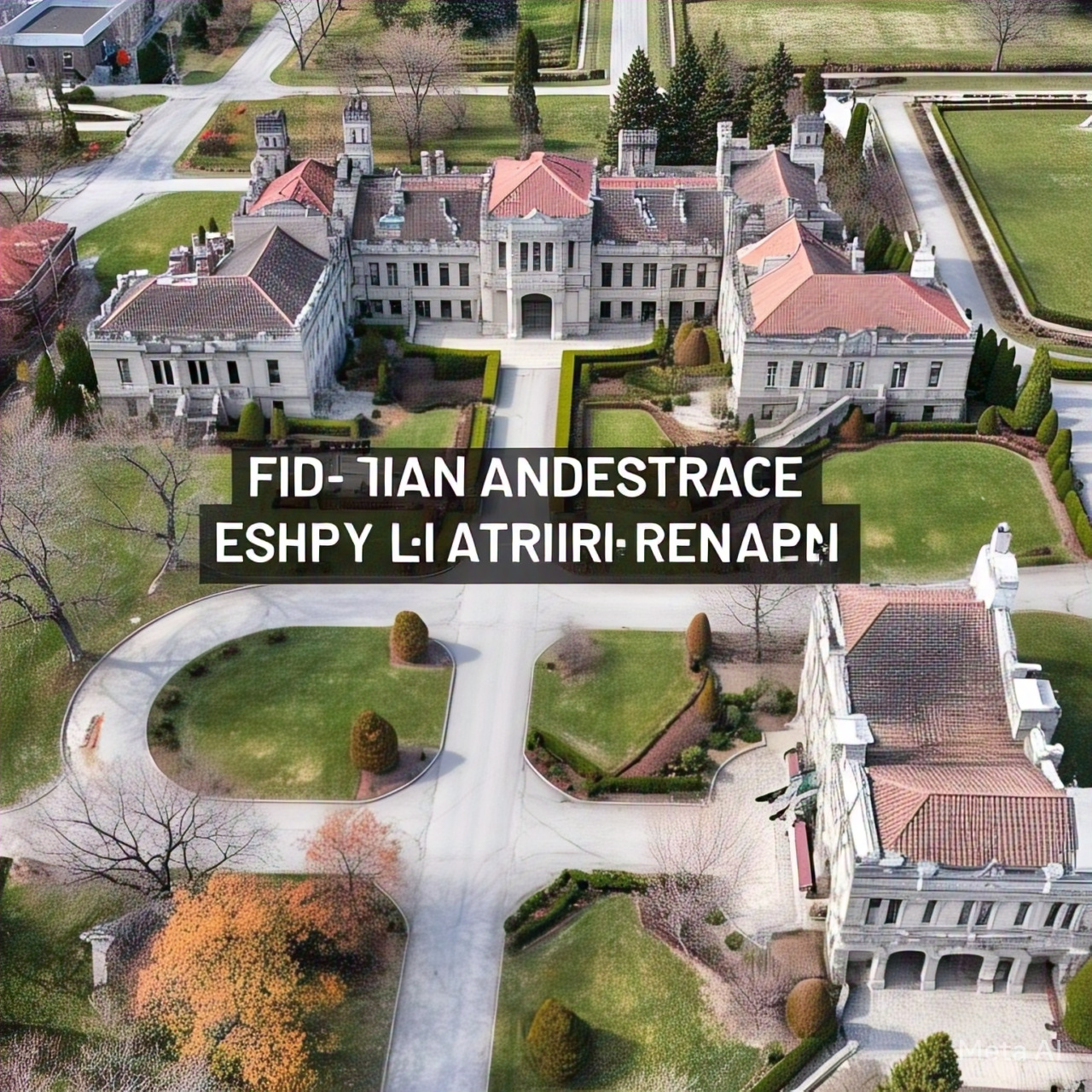The Ontario Land Tribunal (OLT) has issued a final order dismissing Solmar Development Corp.’s appeal regarding its proposed development of the historic Randwood Estate in Niagara-on-the-Lake. This decision follows Solmar’s announcement on April 11 that it would not be revising its proposal to meet the tribunal’s requirements.
Back in October 2024, the OLT released a 55-page decision outlining the need for Solmar to undertake several additional studies and make significant changes to its subdivision plan if it wished to proceed. The proposal would also have required approval from the Town of Niagara-on-the-Lake.
Solmar appealed that ruling to both the OLT and the Ontario Court for a judicial review. While the judicial review is ongoing, the tribunal dismissed the appeal on January 28, 2025. In a six-page decision, Tribunal Chair Michal Kraljevic stated the appeal “does not raise a compelling and convincing case.”
The tribunal gave Solmar two months to inform the Town and the advocacy group Save Our Rand Estate (SORE) whether it would be proceeding with the necessary revisions and studies. On April 11, Solmar confirmed it would not move forward with the development.
Town officials responded by stating that no planning approvals or heritage permits have been granted for the site. This includes approvals for any development or alteration of the property’s heritage attributes.
SORE, which participated in the tribunal hearings, said the future of the estate remains uncertain. However, the group emphasized that the tribunal’s decision had clearly outlined what kind of residential development could be acceptable on the site.
“The OLT has provided crystal-clear guidance on what is approvable for residential development on the back half of the Rand Estate,” SORE stated. “Instead of finally choosing to work with the town and SORE, owner Benny Marotta has elected to walk away. We’ll be here waiting if he changes his mind. In the meantime, our efforts to preserve the estate’s cultural heritage will continue.”
Solmar’s initial proposal involved building a 200-unit residential subdivision on the estate grounds. However, the tribunal had previously stated that no more than 129 residential units would be acceptable.
In its original decision, the tribunal concluded that the proposed plan “does not represent good planning in the public interest” and required major revisions to comply with the Provincial Policy Statement, the Ontario Planning Act, and the town’s official plan.
During an October Committee of the Whole meeting, Nancy Smith — a lawyer with Turkstra Mazza, hired by the town — called the decision a “success.” She said the ruling validated the town’s planning and heritage policies for the estate at 200 John Street, and emphasized that heritage protections extend beyond buildings to include landscapes, settings, and the overall context of the site. The decision also reaffirmed that panhandle access to the property would not be permitted.




